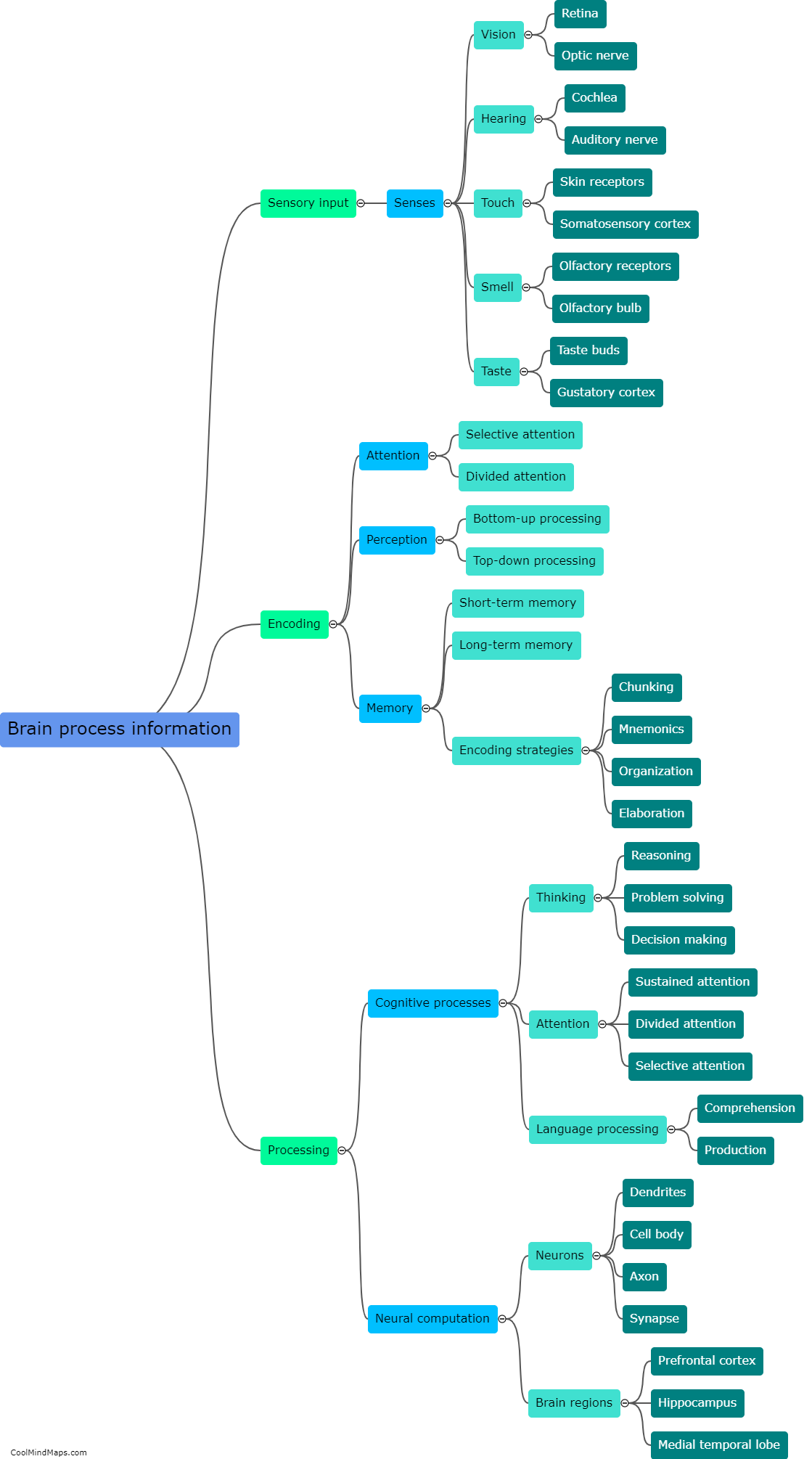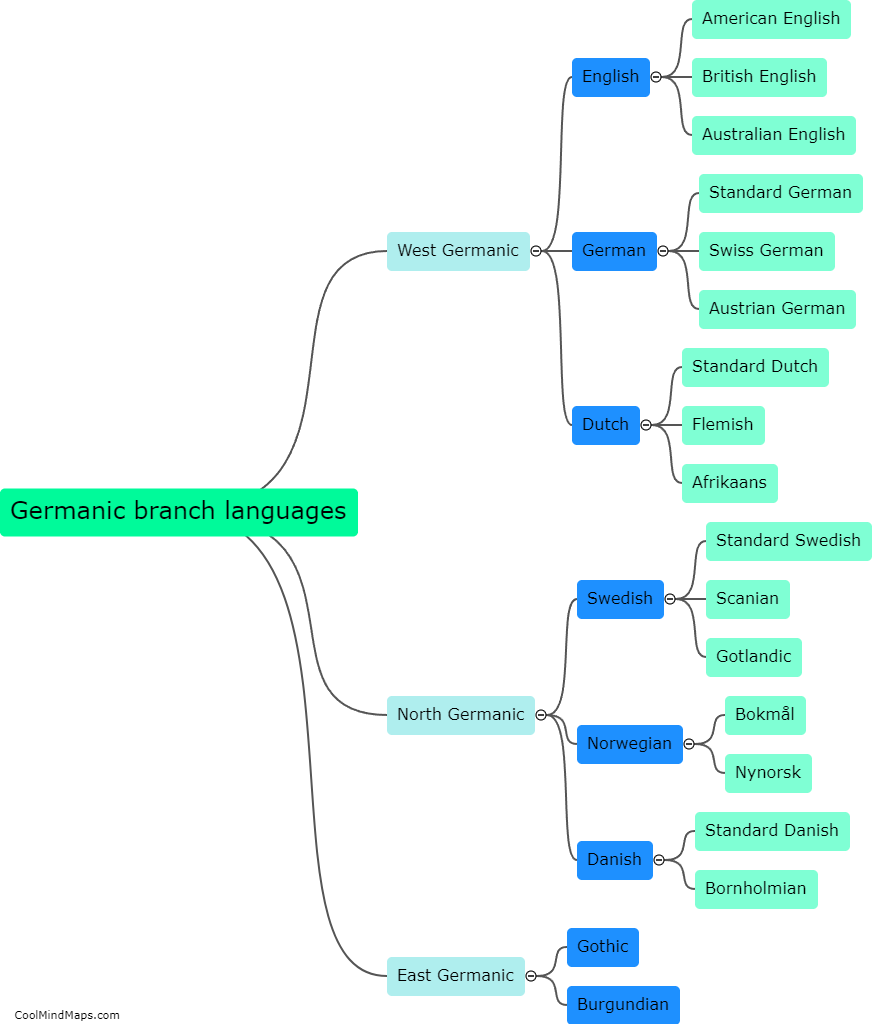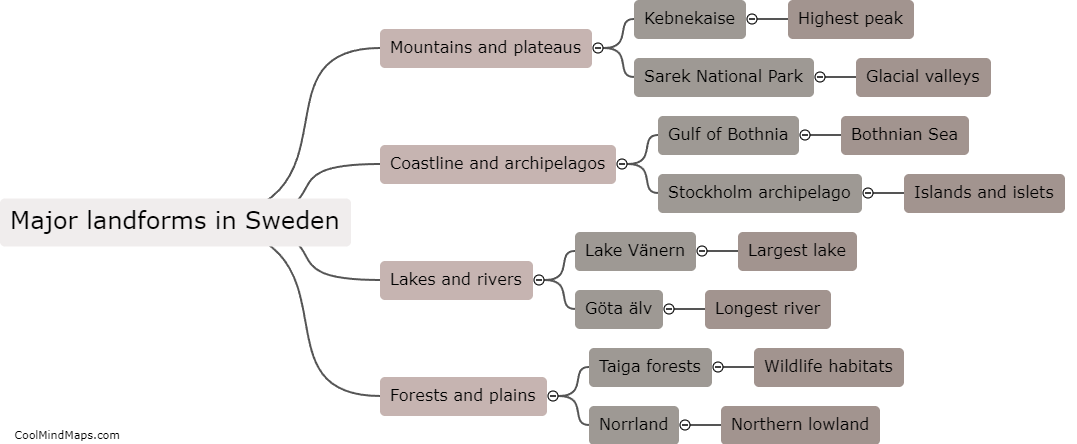How does the brain process information?
The brain processes information through a complex network of neurons that communicate with each other using electrical and chemical signals. When information enters the brain through our senses, such as sight, hearing, or touch, it is initially processed in specialized areas of the brain called sensory cortices. The sensory input is then sent to other areas of the brain, where it is further analyzed, integrated, and compared with previously stored memories and knowledge. This process involves the activation of various brain regions and the formation of neural connections, known as synapses, which allow information to be transmitted and stored in the brain. Ultimately, the brain combines and interprets the information to create conscious perception, thoughts, and actions. However, the precise mechanisms by which the brain processes information are still being investigated by neuroscientists through a combination of behavioral, anatomical, and physiological studies.

This mind map was published on 20 October 2023 and has been viewed 136 times.











